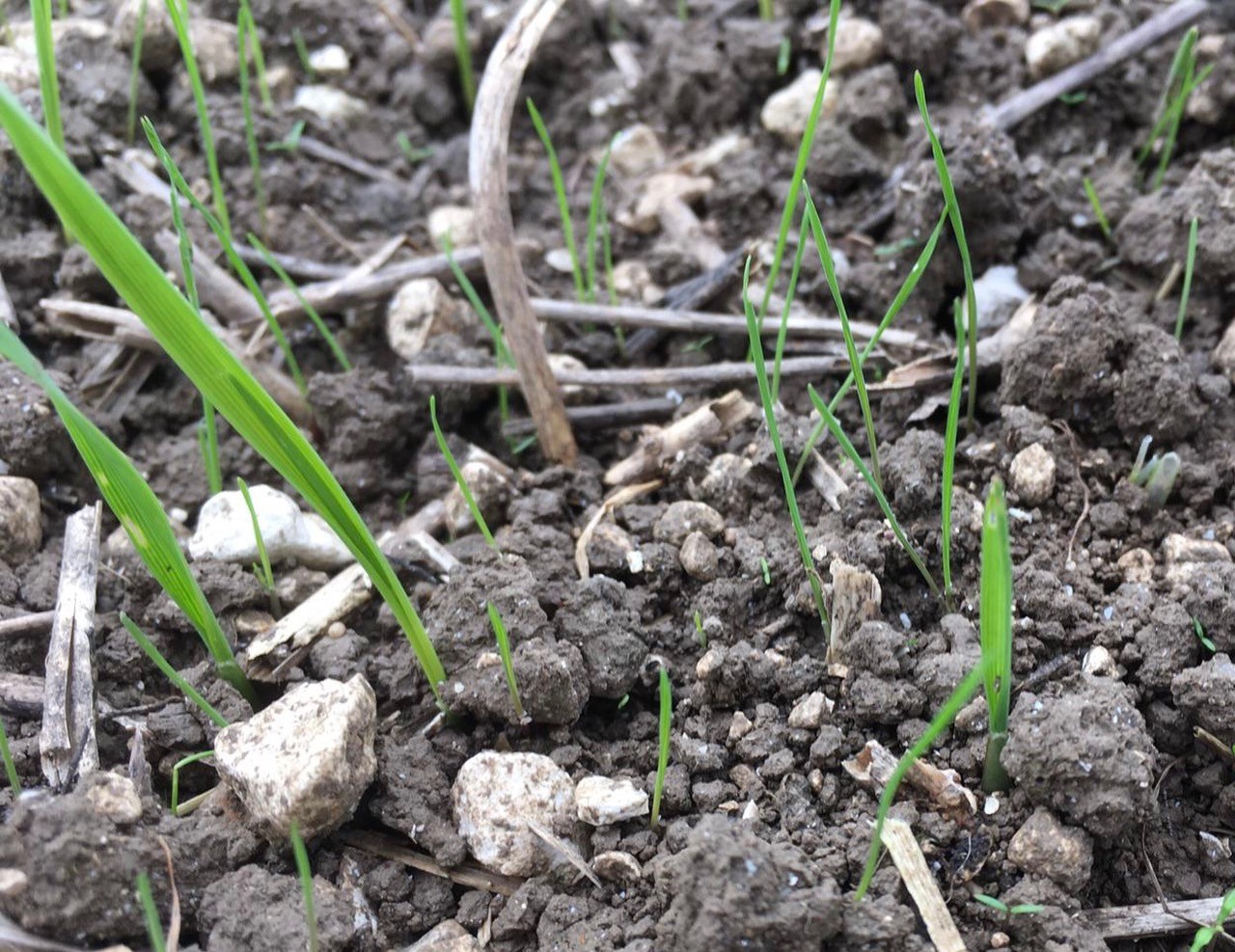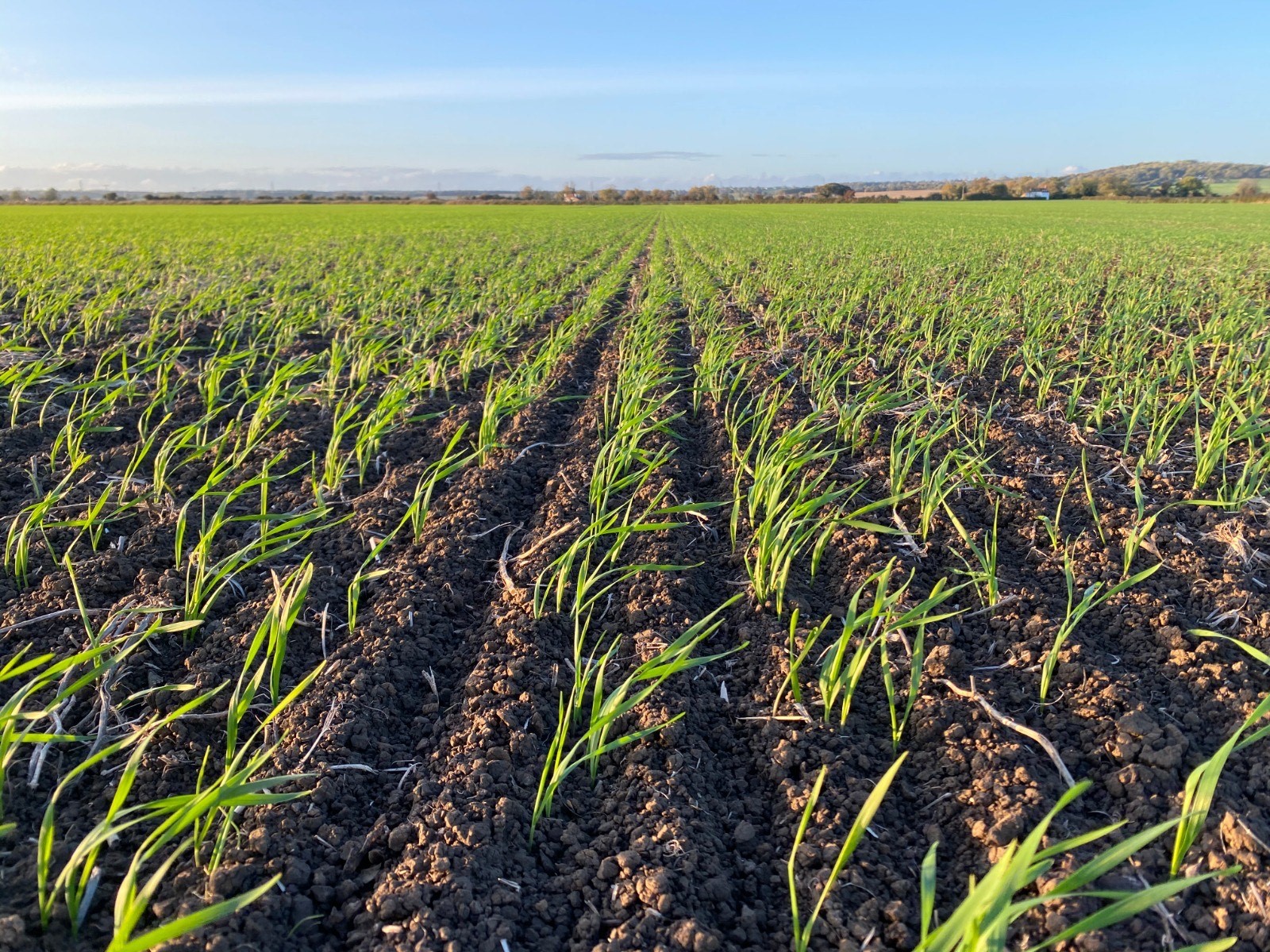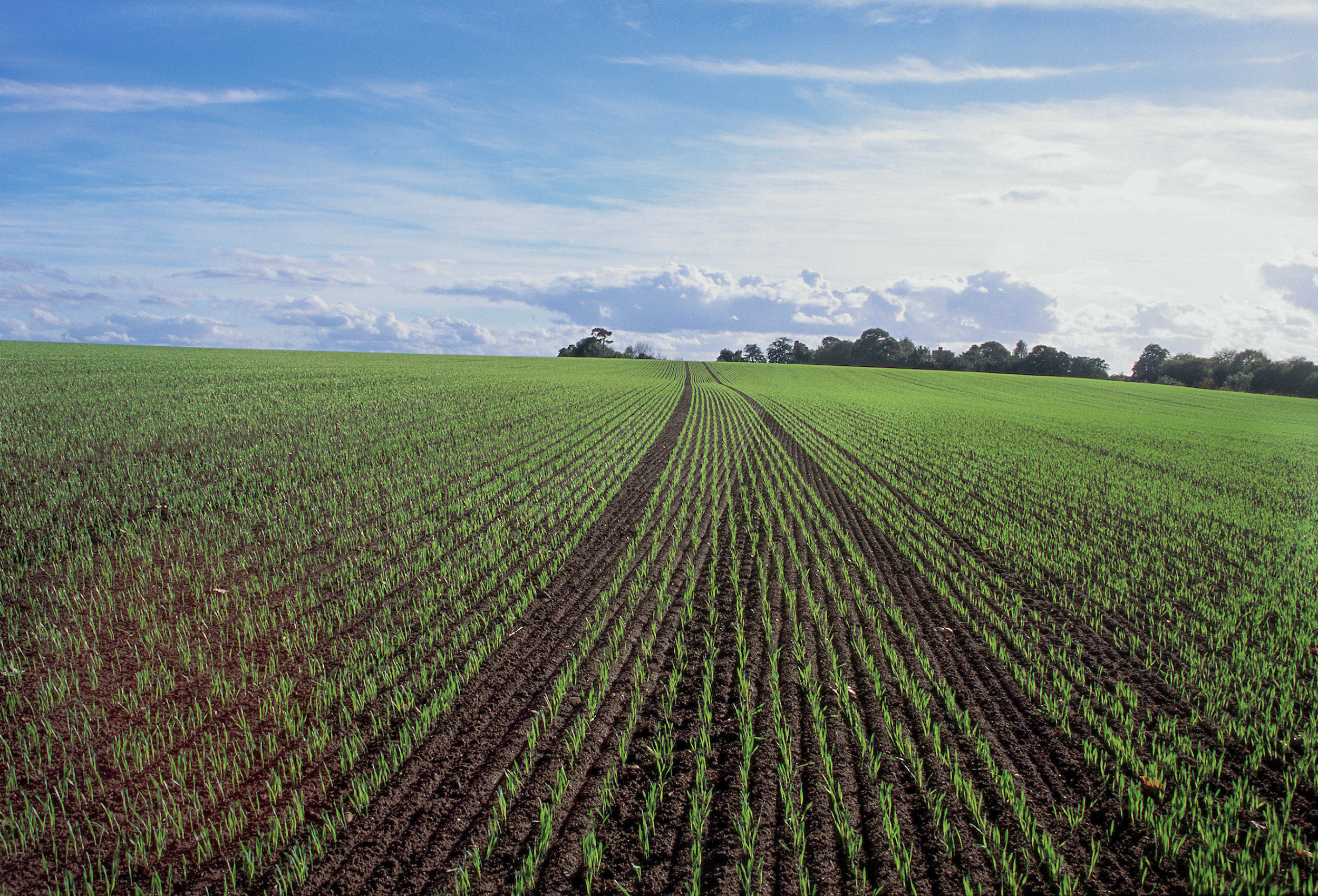2020 - The importance of drilling dates in black-grass control
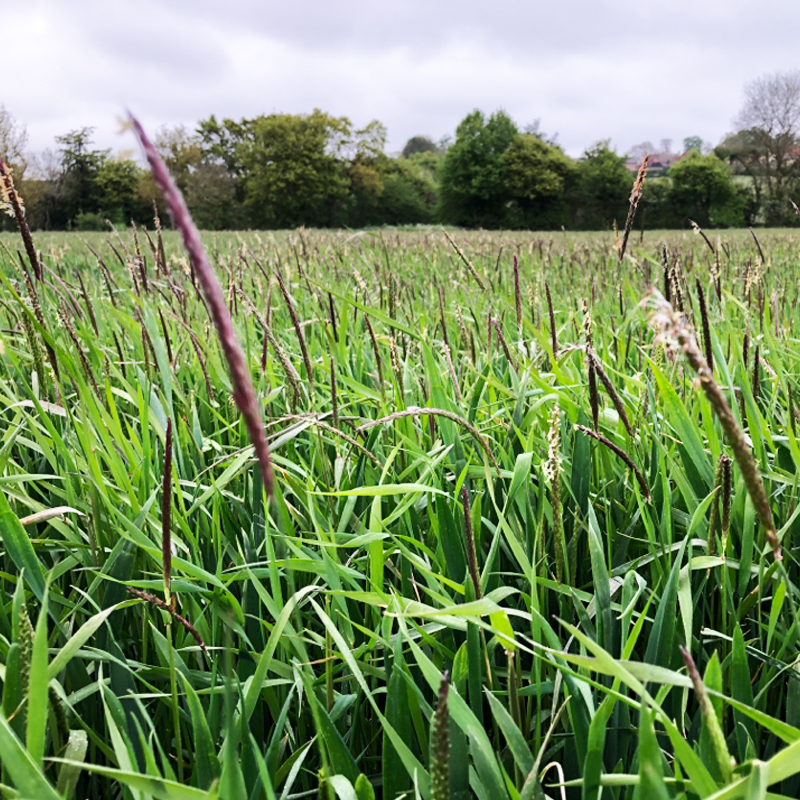
With last autumn’s wet weather significantly impacting winter drilling activities for wheat and barley, many growers will be contemplating bringing their drilling dates forward into September this year – a strategy which goes against all best practice advice for controlling black-grass populations. We are therefore taking another look at why – alongside weed mapping, rotation planning, cultivation technique and herbicide programmes – delaying drilling is still one of the key tactics for beating black-grass.
The extent of the problem
With fewer herbicides to choose from, and resistance to some active ingredients on the rise, black-grass remains a significant problem in large parts of the UK, with the extent of the problem largely dependent on cultivation strategy, rotation, soil type, drainage and herbicide inputs. In the worst affected areas, it is commonly accepted that infestations will never be totally eradicated, but as long as adequate measures are put in place, black-grass populations can be managed down to an acceptable level.
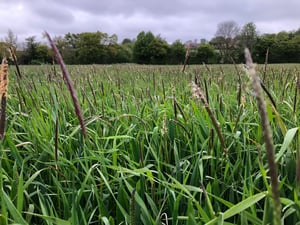
The key advice from those agronomists with extensive experience of tackling severe black-grass invasions is that only by maintaining robust control measures year after year can growers expect to make any significant or sustainable improvements.
Key strategies
In addition to the use of a robust programme of herbicide applications – including pre-emergence and early post-emergence residual treatments – the key advice is to introduce more spring crops into the rotation and to delay the drilling of winter crops until mid-October or beyond. In addition, paying attention to details such as drilling badly infected fields last, reducing sprayer forward operating speeds and using appropriate spray nozzles to maximise coverage and reduce drift can all contribute to improved black-grass control.
Lessons learned
Despite the difficulties that last autumn’s wet conditions imposed on many growers, those that managed to get their crops drilled and treated with the appropriate residuals actually saw decent levels of black-grass control: thanks largely to the delayed drilling date and the fact there was plenty of soil moisture available to enable the residual herbicides to work efficiently.
Unfortunately, for some growers, the cold and wet start to the spring caused a slight backwards step in black-grass control, with crops tillering less and growing away too slowly to enable them to out-compete weeds. Contact herbicides were also less effective in the spring predominantly as a result of the wet conditions preventing applications from being made at the optimum timing, or, in some cases, preventing applications from being put on at all
Delaying drilling
As well as enabling the first flush of black-grass seedlings to be destroyed, delaying drilling can also improve the efficacy of pre-emergence herbicides which will be more effective when applied in damp soil conditions. Black-grass plants which emerge in later drilled crops also tend to be less competitive and produce fewer seeds per plant.
Timing of drilling is therefore key in the fight against black-grass: waiting until as late as possible (from mid-October and into November for the best results) is the main advice, but this could make drilling conditions trickier: hence the recent rise in popularity of lighter/smaller seed drills which can still be used in wetter conditions.
Delaying drilling can also create difficulties in terms of managing later season workloads and can give the potential for yields to fall slightly – but, for some, these factors could be an acceptable price to pay for reducing the weed burden on severely infected land. For other, less affected areas, it may be possible to drill a little earlier and to only push the drilling date back for the worst black-grass fields.
Black-grass control in a nutshell
The efficacy of a black-grass control programme can be maximised by following these simple guidelines:
- Delay autumn drilling until after the first flush of black-grass plants has been sprayed off with glyphosate;
- Use non-chemical methods in combination with herbicides to improve control;
- Use a mix of active ingredients with different modes of action;
- Apply a robust pre-emergence stack within 48 hours of drilling;
- Ensure good application coverage by using forward and rear-facing nozzles to apply pre-emergence treatments to a fine, firm seedbed;
- Keep the water volume up to ensure sufficient coverage;
- Keep the sprayer’s forward operating speed reasonable: 12 km/h will ensure accurate coverage;
- Return with a post-emergence treatment when subsequent black-grass plants are at the one/two leaf stage;
- Tailor treatments to each individual field according to soil type, rotation, previous cultivation technique and current black-grass populations.
 United Kingdom
United Kingdom Select country
Select country

